Everything You Need to Turn Your Raspberry Pi 4 Into a Desktop Computer
Last week, the Raspberry Pi Foundation released its newest tiny computer, the $35 Raspberry Pi 4, with a promise that it could be a fully functional desktop. While that claim is sort of true, you’ll need a few things to make it work as one.
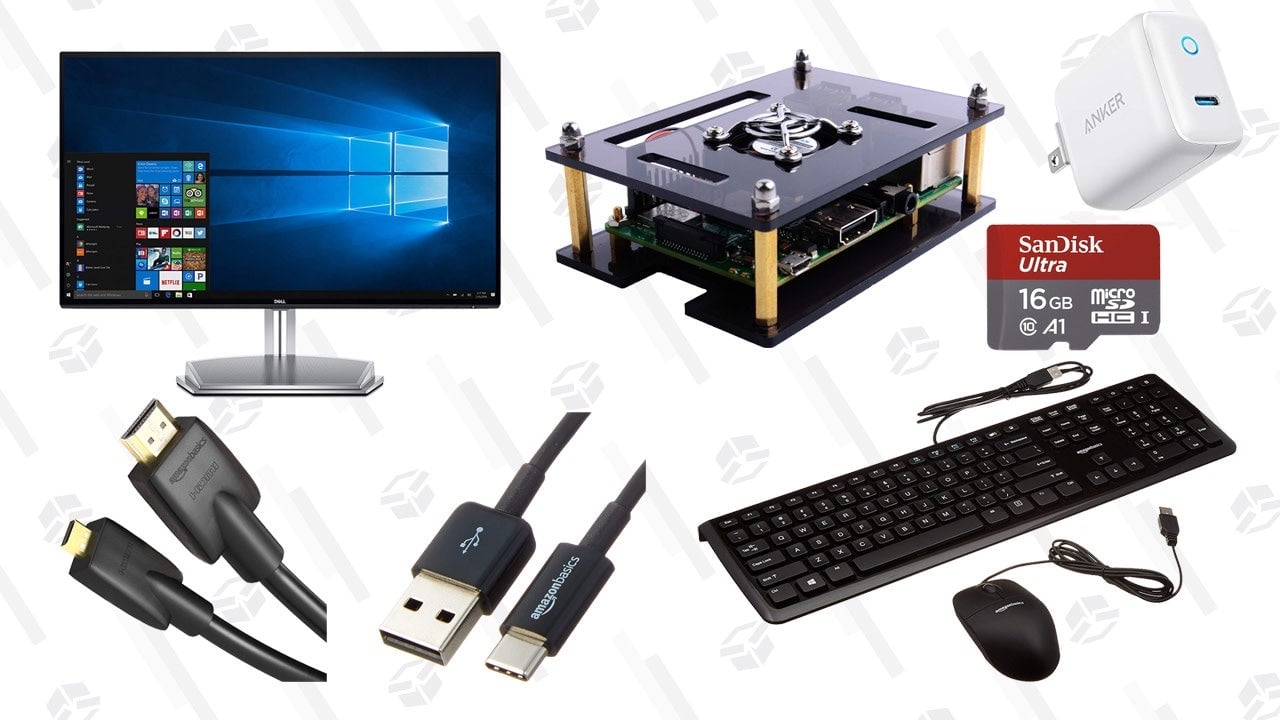
Last week, the Raspberry Pi Foundation released its newest tiny computer, the $35 Raspberry Pi 4, with a promise that it could be a fully functional desktop. While that claim is sort of true, you’ll need a few things to make it work as one.
Suggested Reading
GeeekPi Acrylic Case for Raspberry Pi 4
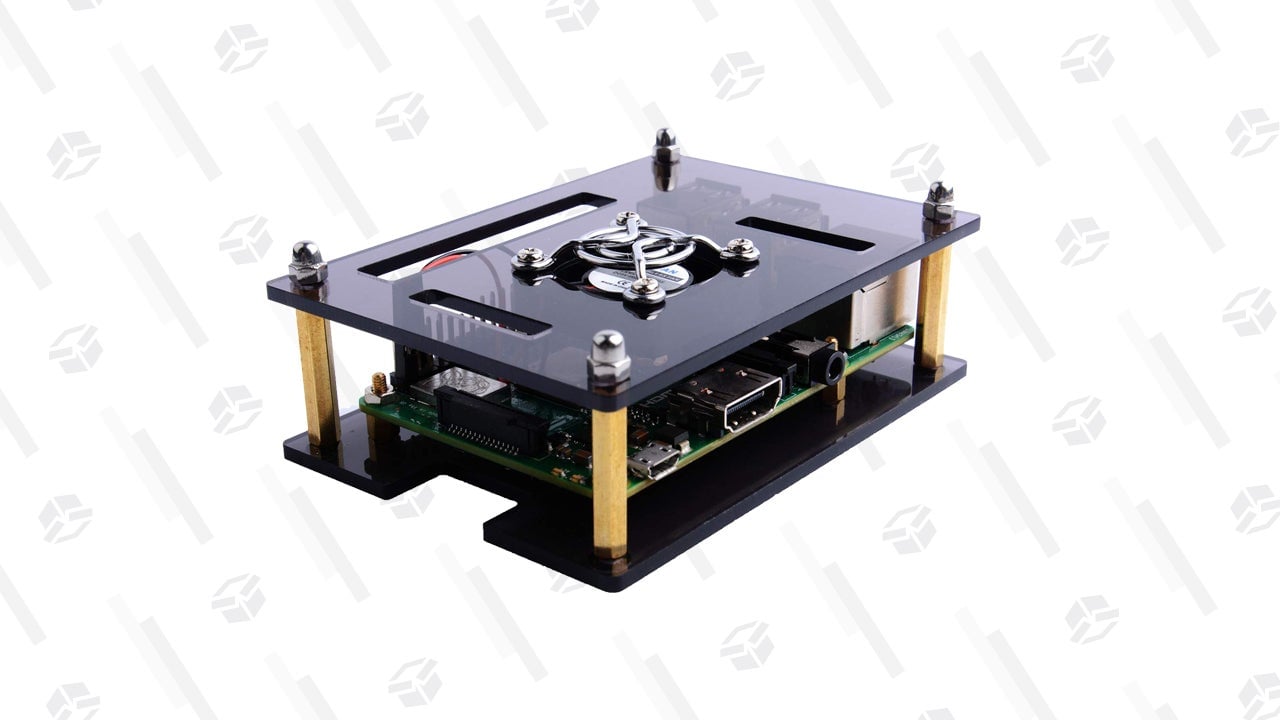
When you buy a Raspberry Pi 4, all you’re getting is the board itself. Most computers come in a case and it’s a good idea to get one for your Pi. While there are a lot of existing cases for previous models, the port arrangement on the Pi 4 has changed so some of the older totally sealed cases might not fit. The Foundation sells its own official case, but a more flexible option is an acrylic case like this one. It leaves all the sides open, while protecting the top and bottom, meaning the case can work on any model of Pi. Plus it looks sweet.
Related Content
Anker 15W USB-C Wall Charger
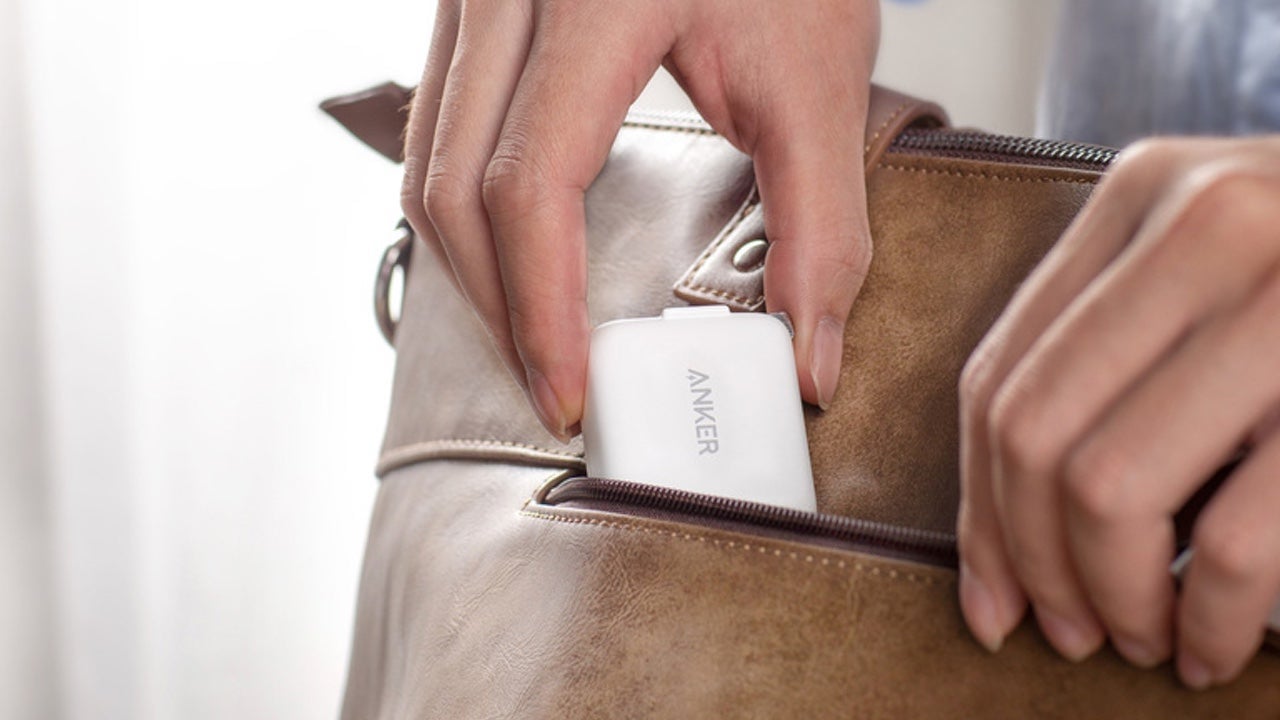
Unlike previous Pi models, the Pi 4 uses a USB-C port for power. If you use an Android phone, you might’ve noticed a similar change in recent years. Fortunately, 5V USB-C power supplies are pretty easy to come by. The Foundation sells an official power supply, but it’s all one piece that plugs directly into the wall. If you’d rather have the more flexible cable-and-block style that most phones come with, Anker offers a cheap 15W wall charger block that you can buy separately.
Dell S Series Screen LED-Lit Monitor
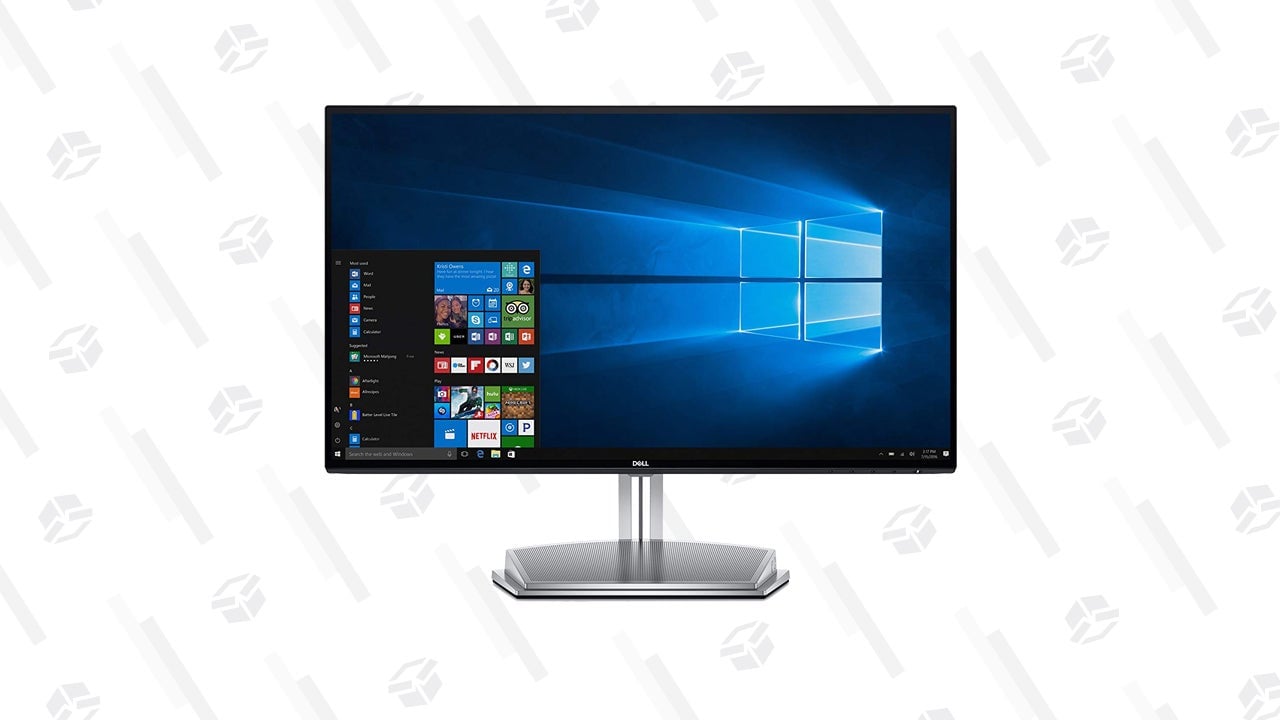
Without a display to plug into, your Raspberry Pi 4 is a very nice, very light brick. The Pi 4 has two micro HDMI ports, so you can connect to any HDMI-capable monitor or TV you have, but if you don’t already have one, you might want something cheap. You’re going for a $35 computer after all, you probably want to save some money. An inexpensive monitor like this affordable Dell S Series monitor can do the trick. The Pi 4 technically supports up to 4K displays, so if you feel like spending over $500 on a monitor for a $35 computer, you certainly can, but we’re not sure we’d recommend it.
AmazonBasics Micro-HDMI to HDMI Cable
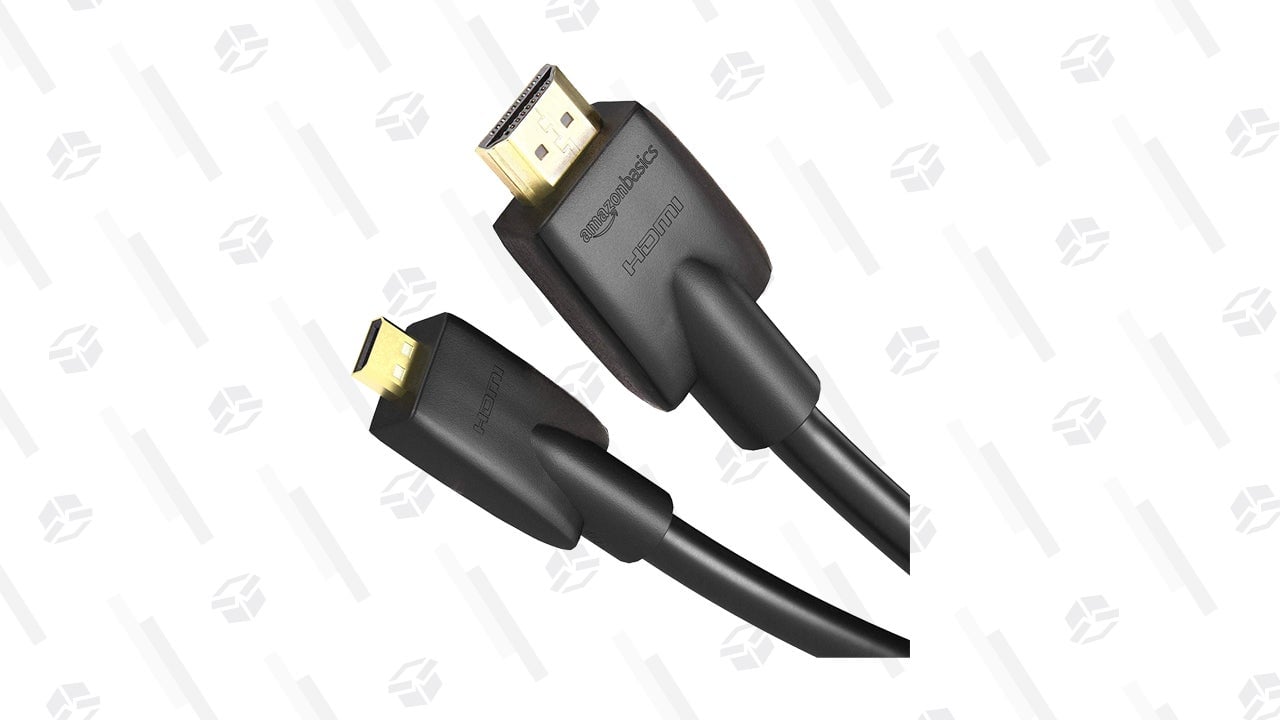
You probably have a few full-size HDMI cables in your house for everything from your computer to your TV. The Pi 4, however, uses micro HDMI ports, which are a little bit harder to come by. To plug into a monitor with them, you have a couple options. You can buy a micro-HDMI-to-HDMI cable like this one from AmazonBasics to plug in directly.
Cable Matters 2 Pack Micro HDMI to HDMI Adapter
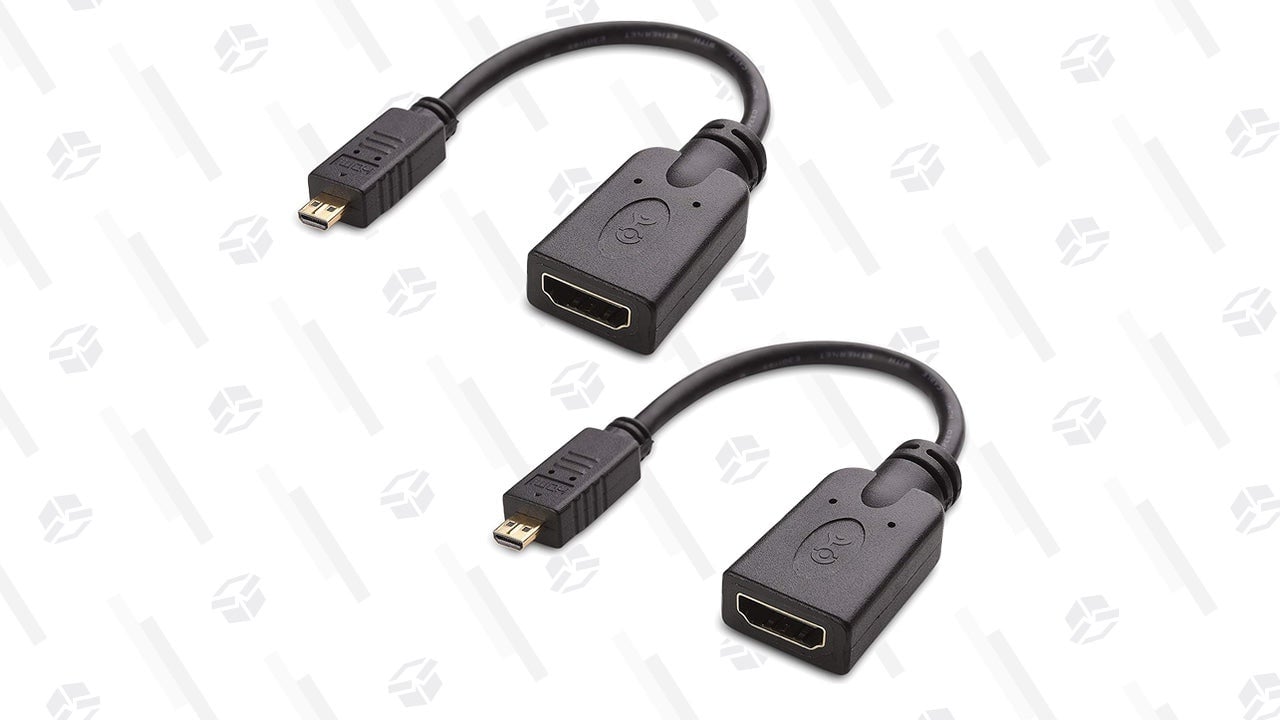
If you already own an excess of HDMI cables, you can get adapters like these to plug one end into your Pi 4. The latter is a bit more expensive, as you still need to buy an HDMI cable, but if you already own a bunch or don’t want a cable that you can only use for one device, then it might be a more flexible option.
AmazonBasics USB Wired Computer Keyboard and Wired Mouse Bundle Pack
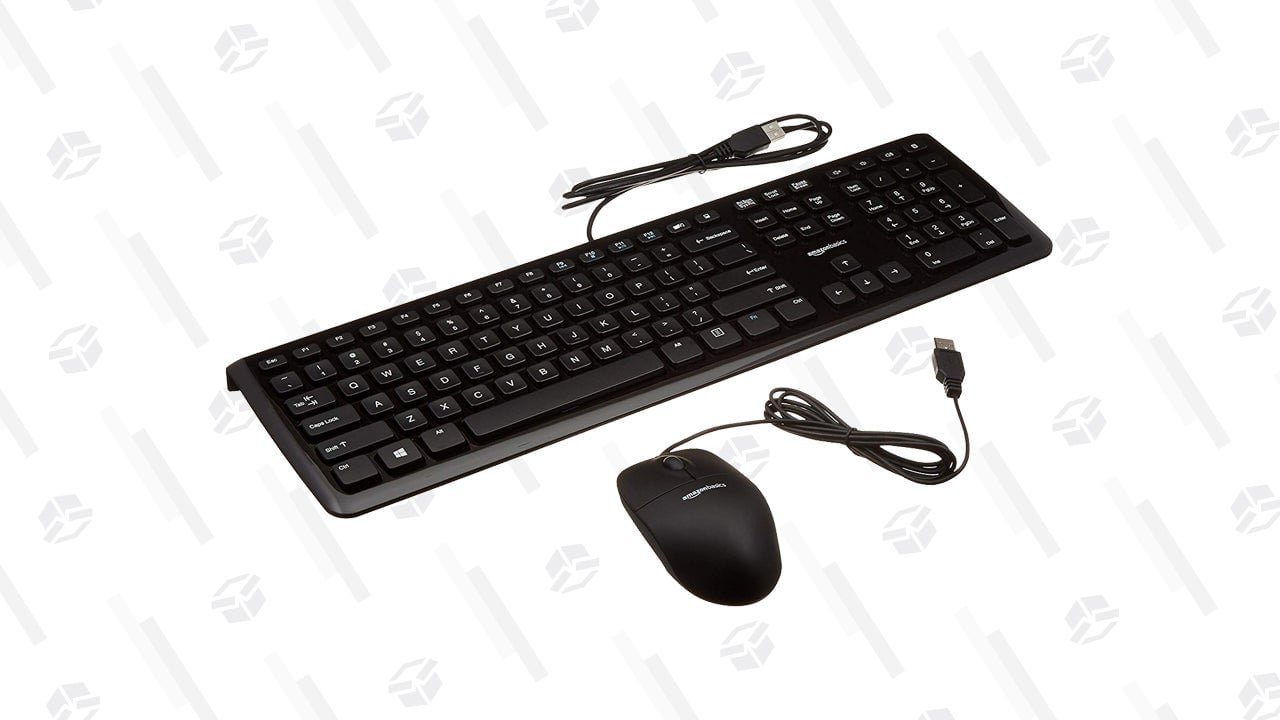
Most mice and keyboards these days use a USB cable, so as long as you have a spare sitting around, you should be just fine to hook up to your Pi 4. If you don’t, AmazonBasics sells an inexpensive USB mouse and keyboard combo that will get the job done.
SanDisk 16GB Ultra microSD Card
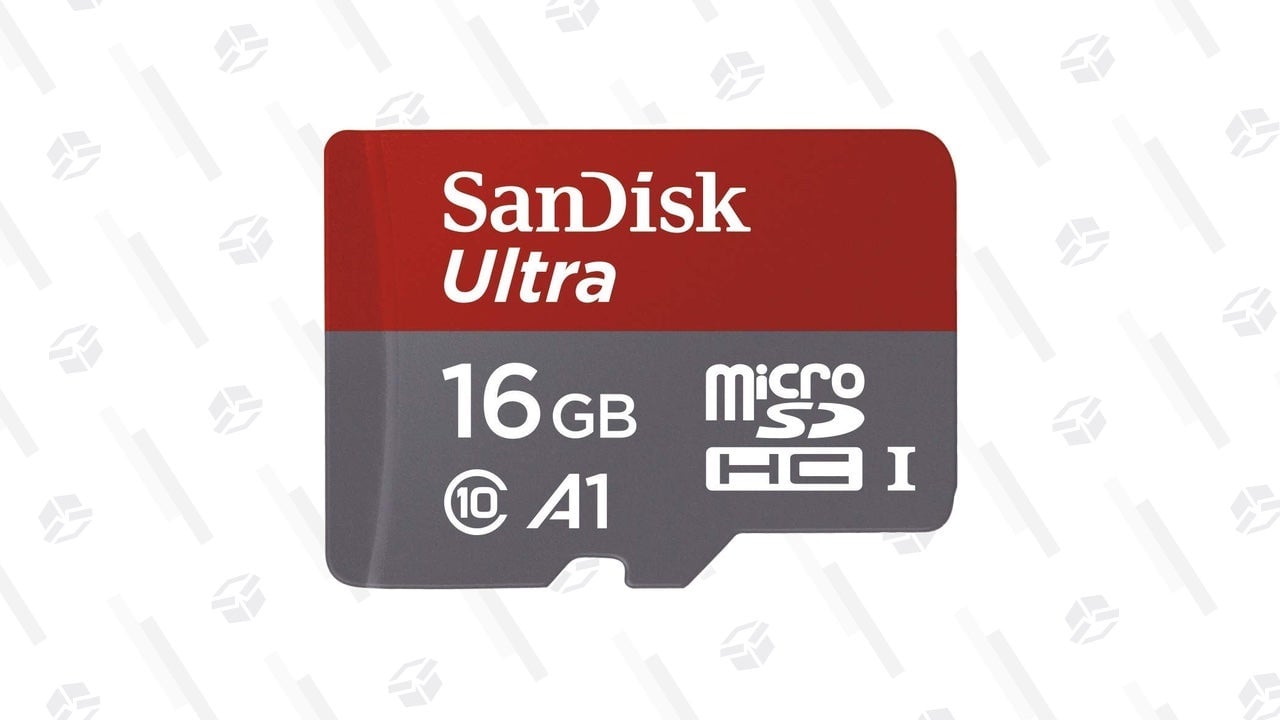
The Pi 4 uses an a microSD card as its primary storage, as opposed to a more traditional hard drive in most desktops. You can get by with a small card—the Foundation’s official desktop kit comes with a 16GB card—but for less than the cost of the Pi 4 itself, you can get up to 200GB of storage. You might not ever need nearly that much on this little computer, but you could always repurpose the card for your phone or camera.
We’ll briefly point out that the Foundation sells its own desktop kit, which comes with a Pi 4, a case, a keyboard and mouse, two micro-HDMI cables, a power supply, and a 16GB SD card. Everything you’d need except the monitor. If you own absolutely nothing on this list, then the the desktop kit might be worthwhile, however many of us already own some or all of the gear you’d need to turn a Pi 4 into a proper desktop, so you might be able to do it for cheaper by buying just what you need.
